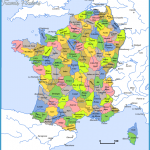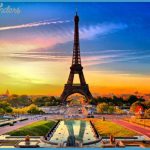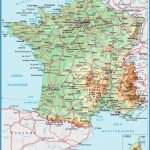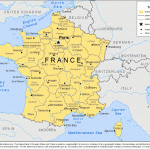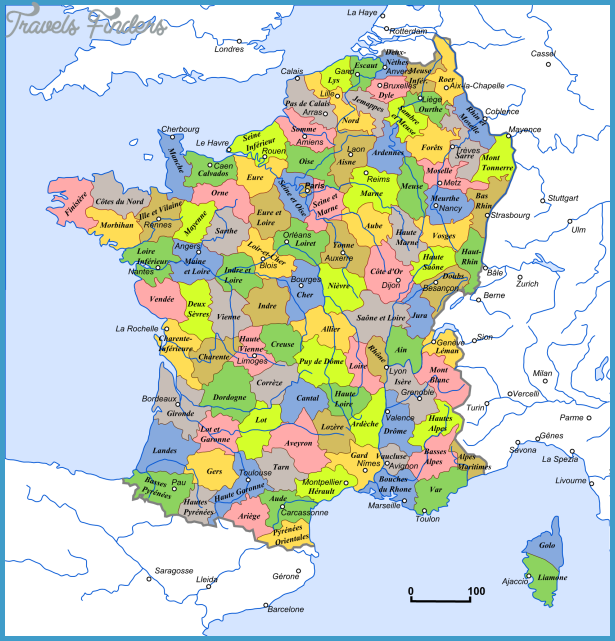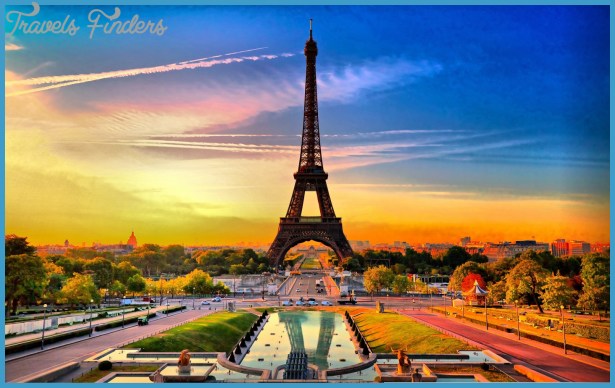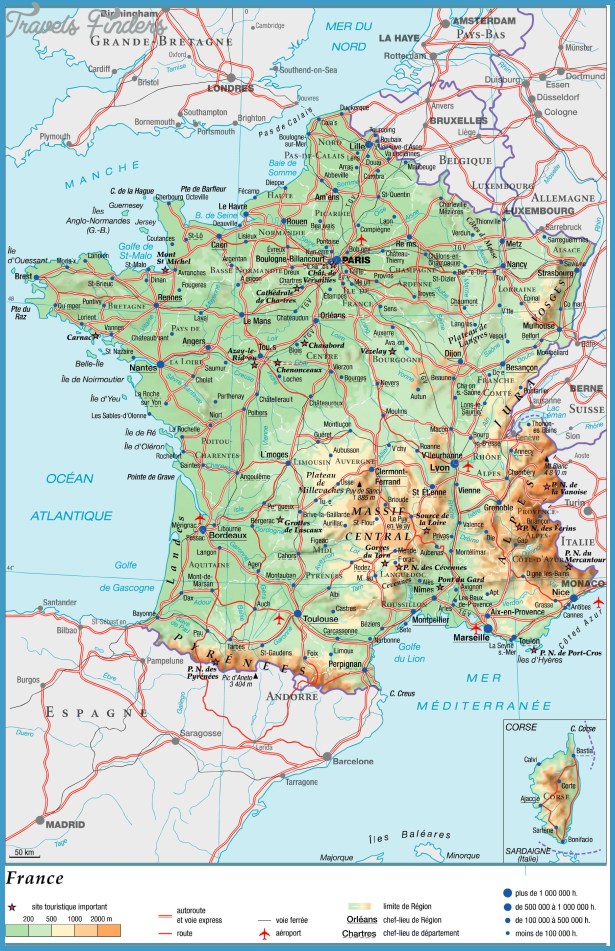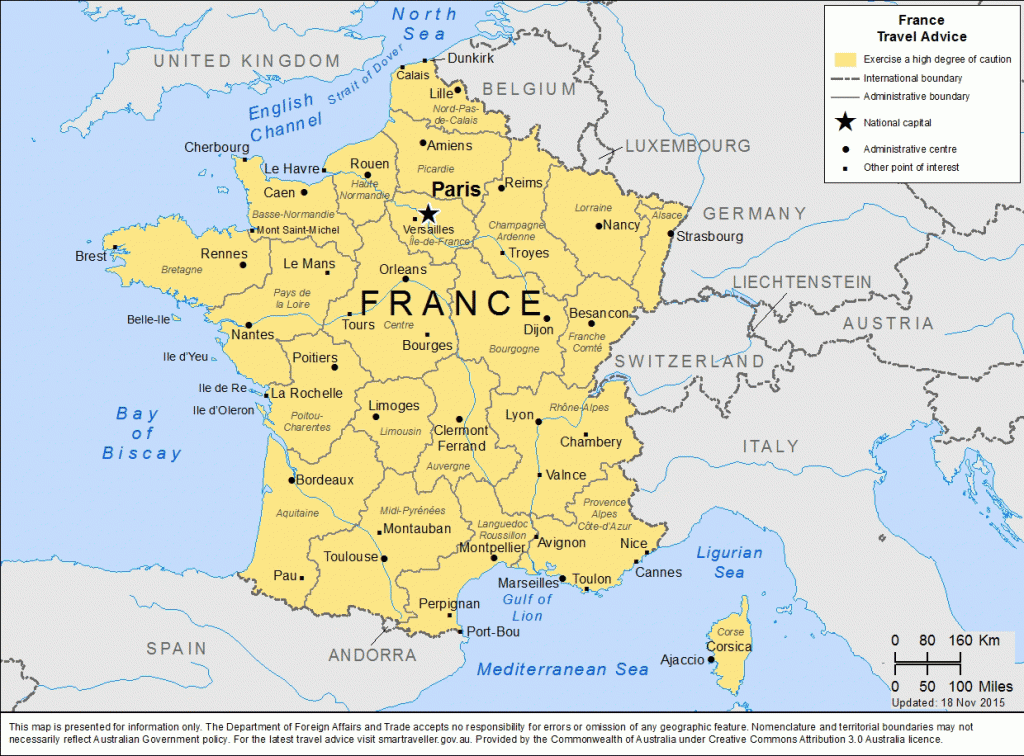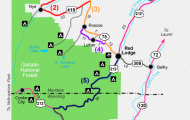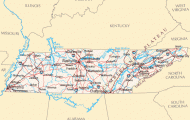FRANCE
The French celebrate the senses like no one else: The vineyards of Bordeaux, the savory dishes of Dijon, the sun-soaked shores of the Riviera, and the crisp air of the Alps combine for an exhilarating experience, France welcomes over 70 million visitors to its cities, chateaux, mountains, and beaches each year, making it the most popular tourist destination in the world. Yet to the French, it is only natural that outsiders should flock to their beloved homeland, so steeped in history, rich in art and architecture, and magnificently endowed with diverse landscapes. The fruits of France include the rich literature of Hugo, Proust, and Camus; the visionary art of Rodin, Matisse, and Monet; and the philosophical insight of Voltaire, Sartre, and Derrida. From the ambition of Napoleon to the birth of existentialism and postmodernism, the French occupied the driver’s seat of history for many centuries. While France may no longer control the course of world events, it nonetheless remains among the most influential forces in Western history.
FROM GAULS TO GOTHS. The graffiti-filled caves of the Dordogne Valley and huge stone monuments at Carnac were admired by the Celtic Gauls, who arrived from the east around 600 BC to trade with Greek colonists settling Marseilles (359). Fierce resistance from France’s northern Gauls kept the Romans out of their territory until Julius Caesar’s victory at Alesia in 52 BC. When Rome fell in AD 476, the Gothic tribes plundered and passed on, leaving
Visit the wacky Centre National d’Art et de Culture Georges Pompidou before seeing a hotspot of 1789, the Bastille.
Then swing through Marais for food and fun. The next day, stroll down the Champs-Elysees, starting at the Arc de Triomphe, meander through the Jardln des Tuileries, and over the Seine to the Musee d’Orsay. Peruse part of the Louvre the next morning, then head out for an afternoon at Versailles.
ONE WEEK After three days in Paris, chug to Tours (1 day; 343) a great base for exploring explore the chateaux of the Loire Valley (1 day; 341), especially Chenonceau. Head to Rennes for
Loire Valley (3 days), before taking the train to the wine country of Bordeaux (2 days; 347). Check out Toulouse (2 days; 352) before sailing through Avignon (356), Aix-en-Provence (359), and Nimes (355) in sunny Provence (3 days; 355). Let loose your wild side in Marseilles and Nice (3 days; 369), then show off your tan in the Alps (383), near Chamonix (2 days; 385). Party in Lyon (2 days; 387); and eat your fill in Dijon (1 day; p.
The Frankish king Clovis founded the Merovingian dynasty and was baptized a Christian in 507. His empire was succeeded by the Carolingian dynasty of Charlemagne, whose Holy Roman Empire expanded into Germany, Austria, and Switzerland. Territorial squabbles following the king’s death were resolved in 843 with the Treaty of Verdun.
FRANCE AND ENGLAND DUKE IT OUT. In the wake of the Carolingians, the noble-elected Hugh Capet quickly consolidated power. When his distant descendant, Louis VII’s ex-queen, Eleanor of Aquitaine, married into the Plantagenet dynasty in the 12th century, a broad swath of land stretching from the Channel to the Pyrenees became English territory. This opened the door to England’s Edward Ill’s claim to the French throne, triggering the Hundred Years’ War in 1328. Defeat was near as England crowned Henry VI king of France 90 years later, but salvation took the form of a 17-year-old peasant girl, Jeanne d’Arc (Joan of Arc). Leading the French army, she won a string of victories before her betrayal; as she burned at the stake in Rouen (334), the tide of war swept the English from the continent.
HUGUENOT GETTING ALONG. Fervor and violence made strange bedfellows in the Middle Ages and Renaissance. Pope Innocent II, hoping to wrest Jerusalem from the Saracens, proclaimed the first Crusade from Clermont. Thousands flocked to take the cross, swayed by the promise of salvation and the probability of plunder. Though few Crusades had any military success, exposure to the advanced civilizations of the East and a revival of international trade helped stir Europe from her intellectual slumber. In the 16th century, religious conflict between Huguenots (French Protestants) and Catholics initiated the Wars of Religion. When the fervently Catholic Catherine de Medici claimed the throne, she orchestrated a marriage between her daughter and Huguenot Henri de Navarre in 1572. What appeared a peaceful political move became the St. Bartholomew’s Day Massacre, a murder spree that slaughtered 2000 Huguenots. Henri survived, converted to Catholicism, and ascended the throne as the first Bourbon monarch. In 1598 the Edict of Nantes granted tolerance for Protestants and quelled religious warfare for a century.
BOURBONS ON THE ROCKS. The Bourbon dynasty peaked in the 17th century as Louis Xlll’s ruthless minister, Cardinal Richelieu, consolidated power for the monarchy and created the centralized, bureaucratic administration characteristic of France to this day. The king was succeeded by five-year-old Louis XIV who, when he came of age, proclaimed himself the Sun King and took the motto I’etat, c’est moi (I am the state). He brought the nobility to the extravagant palace of Versailles (332) to keep watch over them and avoid any unpleasant uprisings, yet the growing resentment of the monarchy could not be avoided. In 1789 Louis XVI called a meeting of the Estates General from the three classes of society: Aristocrats, clergy, and the soon-to-be-revolutionary Third Estate. A Parisian mob, angered by high bread prices, stormed the Bastille on July 14th, and a frenzy of destruction engulfed the nation as peasants burned records of their debts. As the First Republic replaced the abolished monarchy, Maximilien Robespierre took over the Convention and guillotined the King and his cake-savoring Queen, Marie-Anto-inette. The Revolution had taken a radical turn. Robespierre leveraged his influence into the Reign of Terror, executing rivals before falling to the guillotine himself in 1794. The terror was over and power was entrusted to a five-man Directory.
THE LITTLE DICTATOR. Meanwhile, war continued as a young Corsican general, Napoleon Bonaparte, swept through northern Italy and into Austria. Riding a wave of public support, he deposed the Directory, ultimately crowning himself Emperor in 1804. After a disastrous invasion of Russia, Napoleon lost the support of a war-weary nation; in return for abdicating in 1814, he was given the Mediterranean island of Elba. The monarchy was reinstated under Louis XVIII, brother of his headless predecessor. The story has a final twist: Napoleon landed with an army at Cannes on March 26th, 1815, marching north as the king fled to England. The ensuing Hundred Days’ War ended on the field at Waterloo in Flanders, Belgium, where the combined Prussian and British forces finally triumphed in a campaign marked by miscalculation on both sides. Napoleon was banished to remote St. Helena in the south Atlantic, where he died in 1821. Today, Napoleon is popularly regarded as a hero, and thousands pay their respects in his hometown of Ajaccio (381).
WAR AND PEACE, AND MORE WAR. Fifty years of revolution and instability left France with the Third Republic. Troubled by the shift in the European power balance from Germany’s 1871 unification, a series of treaties forged the Triple Entente among France, Britain, and Russia to counter the Triple Alliance of Germany, Italy, and the Austro-Hungarian Empire. When World War I erupted in 1914, German armies swarmed to France, but a stalemate soon developed as the opposing armies dug trenches along the length of the country. The withdrawal of newly revolutionary Russia in 1917 was offset by the entry of the US, and victory for the West came in 1918. Devastated by four years of fighting and 1.3 million casualties, France won crippling reparations from Germany; these and accompanying humiliations were often invoked by Adolf Hitler in his rise to power.
The 1930s found France ill-equipped to deal with Hitler’s mobilization across the Rhine. When World War II began with Germany’s 1939 invasion of Poland, France declared war in response. In May 1940, Germany bypassed the Maginot Line, a string of fortresses along the Franco-German border, invading from the north through Belgium and capturing the country by June. With the north under German occupation, a puppet state in the south ruled from Vichy. Those that escaped joined the French govemment-in-exile under General Charles de Gaulle. At his insistence, French troops led the liberation of Paris on August 25th, 1944.
FOURTH REPUBLIC AND POST-COLONIAL FRANCE. De Gaulle’s Fourth Republic was proclaimed in 1944, leading to female suffrage and nationalized energy companies. When he quit in 1946, the Fourth lacked a strong replacement, and the next 14 years saw 25 governments. The end of the war also signaled the end of France’s 19th-century colonial empire. The 1950s witnessed the systematic dismantling of remaining colonies, despite de Gaulle’s return to power. In 1962, with a new constitution in hand, the nation declared itself the Fifth Republic. In May 1968, what started as a student protest grew into a full-scale revolt as 10 million state workers went on strike in support of social reform. The government responded by deploying tank and commando units, and things looked to be heading for revolution yet again. The aging General had lost his magic touch, and he resigned following a referendum defeat in 1969.
THE 1980SAND BEYOND. After de Gaulle’s exit, France adopted a less assertive foreign policy. In 1981, Socialist Francois Mitterrand assumed the presidency and the Socialists gained a majority in the Assemblee Nationale. Despite broad social programs created early in the administration, the political collapse of the left forced compromise with the right, and Mitterrand had to appoint the conservative Jacques Chirac Prime Minister. Jean-Marie Le Pen formed the Front National (FN) on an anti-immigration platform to capitalize on blaming France’s unemployment woes on foreigners. Meanwhile, in an unprecedented power-sharing relationship known as cohabitation, Mitterrand withdrew to control foreign affairs, leaving Chirac domestic power. In 1995, Mitterrand chose not to seek reelection, and Chirac was elected president. Facing domestic and international pressure, he was forced to accept his former rival, Socialist Lionel Jospin, as Prime Minister in 1998.
Since the 1991 creation of the European Union (EIJ), the French have feared the loss of their national character and autonomy. The Schengen Agreement of 1995 created a six-nation zone without border controls, 1999 saw the extension of this zone to the entire EU (barring the UK, Ireland, and Denmark), and 2002 witnessed the birth of the euro as the only European legal tender.

